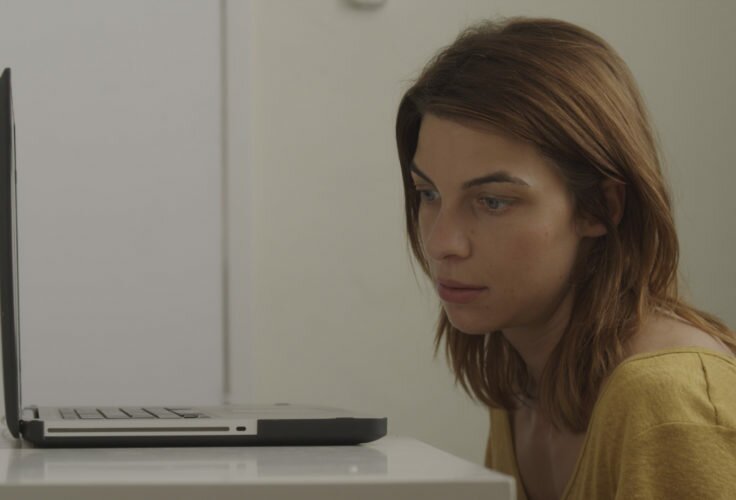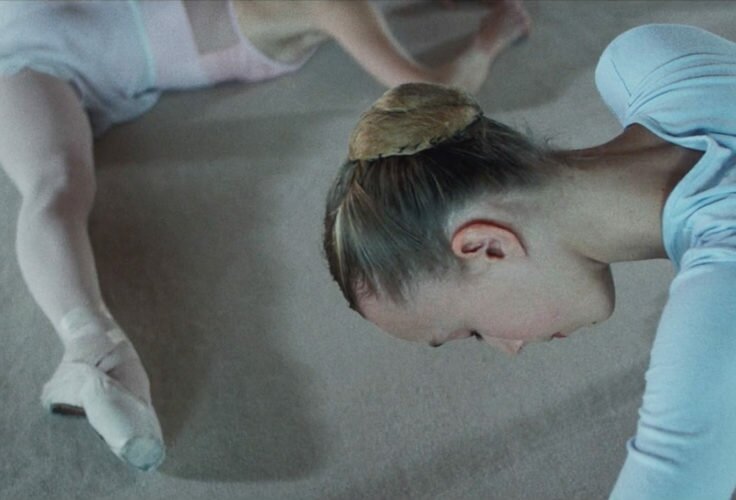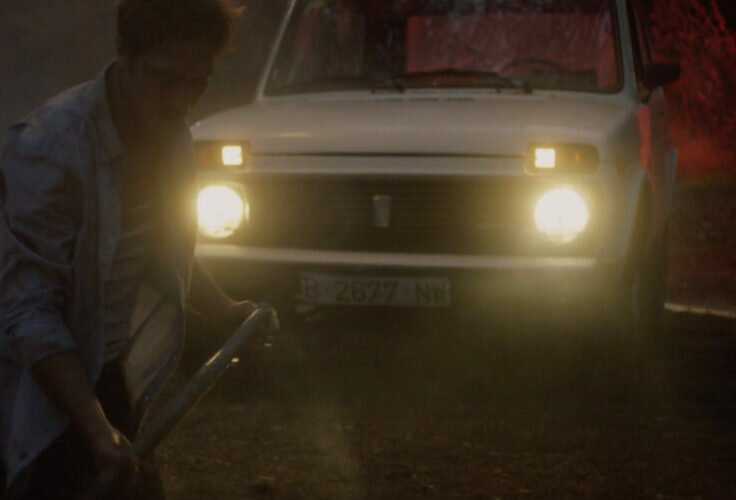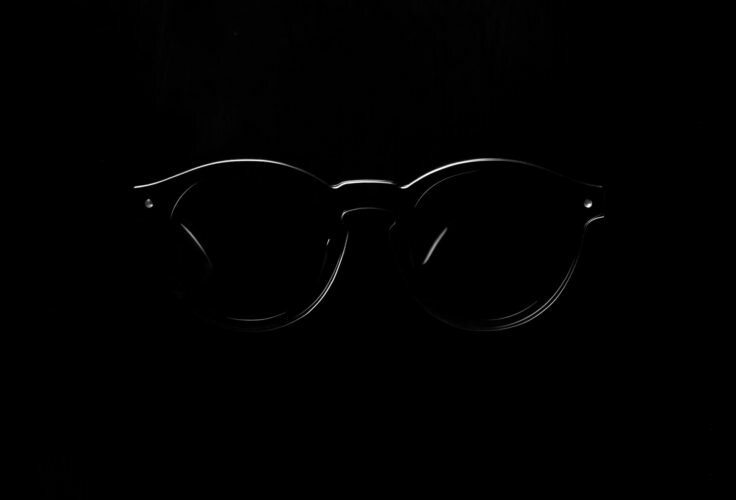Drake ha hecho un videoclip sobre recibir un tartazo en la cara, Child’s Play. Tyra Banks es la lanzadora. Y Ben Tuthill el testigo.
LIVING
DEALING
WITH I
vs.














There are few more excruciating experiences than sitting alone in a room with someone who’s singing to you. It conjures a type of performative intimacy that doesn’t lend itself kindly to privacy. I feel a remnant of that intimacy whenever I watch a music video that features one performer and no one else. Sometimes it’s painful in the best way possible: , for example, milks Sinead O’Connor’s isolated tears for everything they’re worth and translates the void around her head into a zone of shattered contact. Sometimes it’s just painful: there’s something schizophrenic about Mariah Carey frolicking around an empty snowfield to the sound of with no one to accompany her but a faceless Santa.
The New Year turned with one excruciating video apiece from the Yin and Yang of 2015 pop identity politics. Kendrick Lamar’s and Taylor Swift‘s fates have been inevitably tied since their of one another last fall, and here they are at the end of the year doing two versions of the same thing. Kendrick gives us Jack Bergert’s and PANAMÆRA’s ; Taylor gives us her fourth Joseph Kahn collaboration for her 2014 track . You can probably guess which one falls on which side of the painfully intimate coin.
Bergert’s contribution to God Is Gangsta is set to To Pimp a Butterfly track u and is maybe the best depiction of getting drunk alone since Martin Sheen’s in Apocalypse Now. Bergert might have some experience, because he gets the visuals perfectly. Everything moves too fast, tables waver while the floor stays still, the bottle in the corner won’t stop spinning. Kendrick might have some experience too: tearing at his hair, spitting cognac as he shouts, stopping halfway through words to take additional swigs, he’s miserable to watch. Watching u would feel like sitting alone in the room with him if only his isolation weren’t so vital to the performance.
Like u, Bergert’s portion of God Is Gangsta has Kendrick reaching out toward intimacy and finding only himself, locked in his own style gilded room, alone and wasted and tearing himself apart at the rims because of it. When the film transitions into its crowded, mostly naked For Sale? half, that solipsism becomes all the more apparent. Living with u isn’t just complicated; it’s holding in the hell that I feel every time that I’m by myself. This is all rather uncomfortably emotional, but so is Kendrick. If For Sale? shows us anything, it’s that TPAB makes a lousy party album.
1989 made a great party album, and a year later its bothersome to see Joseph Kahn treating one of its standout tracks as a moment of introspection. Like most #feminist-era Taylor Swift videos, Out of the Woods is a desperate effort to make a song about chasing boys into a girl-power anthem. It’s astoundingly literal: Taylor spends the entire video exiting the woods and entering the clear. In some ways its nice to see her returning to her by-the-word country video roots. Mostly though it’s just stupid. You’d think that a year in New York would have made her too cool for Disney tropes, but here she is, back to princess dresses, CGI wolves, and semi-intentional Frozen allusions.
Out of the Woods is a top-level pop song, and deserves so much better than the garbage anti-politics of its video. Taylor’s genius is in her immaculately generic understanding of relationships, and she’s all but useless now that she’s been checked to the point of only talking about herself. The message is obvious even if there weren’t helpful words at the beginning and the end to make it clear: the only thing Taylor is running from is *~herself~*. When she literally meets that herself at the end (Self A differentiated from Self B not by brown hair and a slutty prom dress but by a torn but somehow perfectly straight hem), its too embarrassingly basic to be cathartic.
Out of the Woods tells us that Hell isn’t other people. It’s just a constantly changing biosphere that we share with no one but a more idealized version of ourselves. Kendrick shows us a way out of that hell: u‘s foil on TPAB is , which sounds like the self-love anthem that Joseph Kahn makes of Out of the Woods but is really a celebration of identity-affirming community, backed by a choir and bookended by cheers. TPAB paints exploitative dependence as isolation and self-affirmation as community, which is a relatively thoughtful stance that added vital nuance to the war zone of 2015 identity politics. If i (and , and ) are demonstrations of the celebration that comes from affirmation done right, God Is Gangsta is the late-game reminder that doing affirmation right is hardly an easy thing to do.
If only Taylor could make that connection, then maybe all of our pop culture identity problems would finally be solved. Instead, though, her odyssey presents no real affirmation: she makes it back to the clear with nothing intact but her pride. It’s hardly a novel philosophy, and it’s one that’s becoming increasingly tiresome to hear from people whose lives are as normatively pleasant as hers. Living in the world, complicated or not, means living with other people. If finding a less ragged version of yourself is really somehow everything, then to hell with running through forests, you might as well just sit in the basement and rough up the edges with a few more vials of cognac.
By Ben Tuthill

































